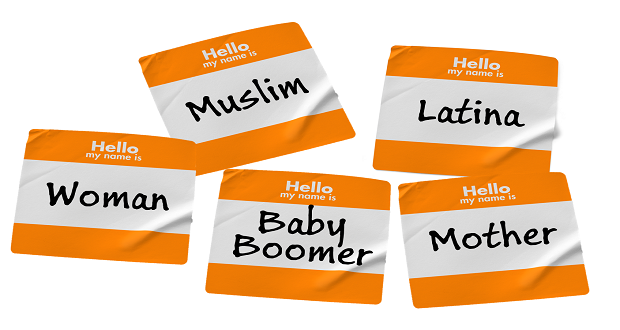
Even though I have been doing Diversity and Inclusion work for a long time, I continue to have my own epiphanies. One of the reasons that it is so difficult to define diversity is due to the multipliers. I was in a meeting with an executive diversity council this week where we had defined the diversity focus areas for the company. The council developed a statement which essentially said: While we recognize that diversity is broadly defined and has many dimensions, for the purposes of the strategic plan, we will focus on race/ethnicity, religion, generations, gender, disabilities, sexual orientation and veterans. One of the participants said, “what about socio-economic levels, or education or other dimensions.” After a much spirited discussion, the group decided to add to the statement: We also recognize that these diversity focus areas are influenced by education, socio-economic status, as well as other relevant modifiers.
The organization is a health insurer, with a key goal of reducing health disparities, thereby making it critical to include socio-economic status and education.
A couple of years ago I co-authored a paper with Andres Tapia called Who Am I, Who Are We – Really? The Multiple Identities of Individuals, Organizations, and Nations where we explored the idea that we are not uni-dimensional but in fact have multiple identities. For example, I identify as an African American woman, a baby boomer, a widow, a mother, a liberal with parents of Canadian heritage.
In the paper, Tapia and I postulated that rather than a uni-dimensional self-image, our images of ourselves are multi-dimensional — we don’t fit neatly or at all within the constraints of uni-dimensionality. There are many ways in which multiple identities are surfacing. For example, as taboos against gays fall away, we now meet not just the war veteran, but the gay-veteran-Xer. Or, we might meet the self-identified gay-millennial-Latino. Or, as improvements in life-saving technologies extend the survival rate of soldiers, we have the veteran-millennial-person-with-a-disability. Or, as women achieve parity in their overall representation in the workforce, it’s not enough to talk just about women; we need to distinguish between the boomer-lesbian-single-mother, the professional-woman-with-kids or the single-woman-Muslim-engineer.
It is no secret that identities are complex and as diversity and inclusion practitioners we need to consider how the various multipliers impact individuals and groups. Compliance requirements often compel us to use a uni-dimensional frame, to “check” one box or at most two such as African American woman, or Asian American male. Because we do not track many of the invisible dimensions of diversity, it is often impossible to get a real handle on the multipliers.
Even though I had written about the concept of multi-dimensionality, my epiphany was that one of the reasons it is so difficult to define diversity is due to the infinite number of possible combinations of diversity dimensions. It is human nature to try to better understand something by simplifying it. Diversity is not a simple concept. Therefore I think our quest should be to continue to go deeper in exploring the complexities that manifest through the multipliers.
Read more about multiple identities in the Global D&I Tipping Point.


















